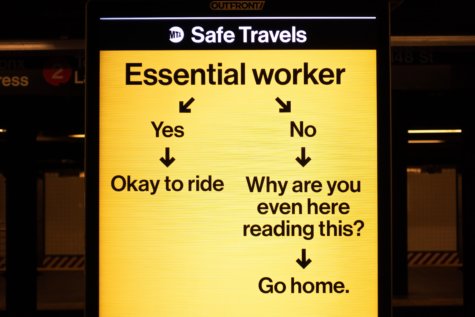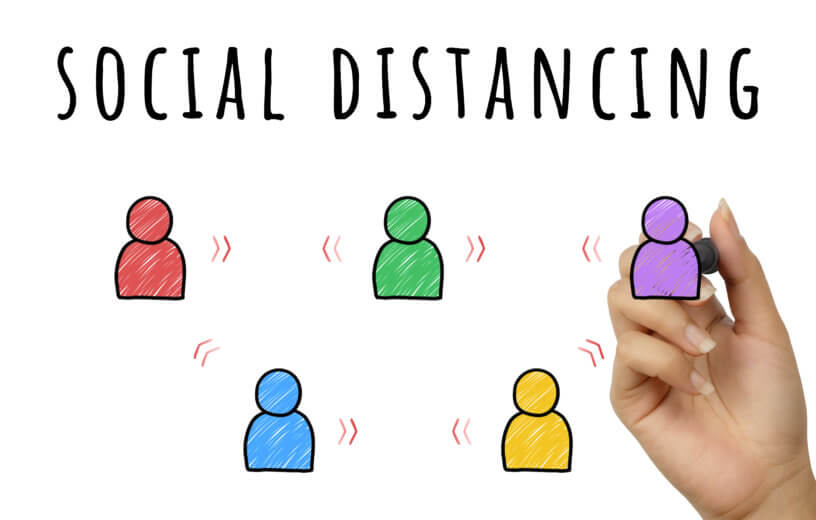DAVIS, Calif. — Before the coronavirus arrived on American soil, residents of wealthier U.S. communities generally spent lots of time out of the house; taking trips, going out on weekends, etc. Conversely, poorer Americans typically stayed home more often. Now, however, a new study on social distancing shows those roles have reversed. Financially secure Americans who can afford to stay home and avoid crowds are doing so, while lower-income families must venture outside more often to make ends meet.
That’s the main conclusion from new research out of the University of California, Davis. The study’s authors say that income has a big impact on social distancing rates in U.S. communities.

“We found that before the pandemic, individuals in the wealthiest neighborhoods tended to be the least likely to stay completely at home on a given day,” says lead study author Joakim Weill, a graduate student with the UC Davis Department of Agricultural and Resource Economics, in a release. “But when the states of emergency came into play, individuals living in the wealthiest areas stayed home the most. It was a complete reversal.”
The study examines an anonymous dataset using mobile device location pings taken between January and April 2020. Data was retrieved by SafeGraph, Place IQ and Google Mobility tracking technology. The analysis reveals that the wealthiest neighborhoods were staying home 25% more often after the coronavirus pandemic started. In comparison, the poorest studied neighborhoods only saw a 10% increase in staying home.
What’s the connection to income?
Researchers can’t say for sure what’s behind this role reversal. But, they do mention that poorer communities usually house more essential workers with less flexible remote employment/time-off options.
CLICK HERE TO SUBSCRIBE TO OUR NEWSLETTER & GET THE LATEST STUDIES FROM STUDYFINDS.ORG BY EMAIL!
Earlier studies show that residents of lower-income neighborhoods have more pre-existing medical issues and less access to healthcare. With this in mind, these findings are even more concerning. It’s the very people at greatest risk of coronavirus who have little choice but to neglect social distancing recommendations.
“As policymakers are thinking about emergency relief packages, this points to the need for lower-income regions to be an area of focus in order to build capacity for social distancing and other measures critical to reduce the spread of this disease,” concludes senior study author Michael Springborn, an environmental economist and associate professor with the UC Davis Department of Environmental Science and Policy. “This is just one piece of a broader set of emerging results showing that lower-income neighborhoods are particularly vulnerable as the pandemic proceeds.”
The study is published in Proceedings of the National Academy of Sciences.
